Announcer:
The following program is a PBS Wisconsin original production.
Frederica Freyberg:
Pen meets paper as the Republican Legislature releases its version of new district voting maps, maps similar to the ones that helped keep GOP majorities in the Capitol over the last ten years. Also, the vaccine effort got a boost this week as federal officials okayed extra doses of the COVID-19 vaccine.
I’m Frederica Freyberg. Tonight on “Here & Now,” we talk with a physician on the front lines of vaccine research as COVID boosters are approved and shots for young children are on their way. Ross and McCoshen are here to weigh in on dueling voting maps and Donald Trump’s call for Sean Duffy to get into the race for governor. We learn from a supply chain expert what bottlenecks at the ports mean for Wisconsin. It’s “Here & Now” for October 22.
Announcer:
Funding for “Here & Now” is provided by the Focus Fund for Journalism and Friends of PBS Wisconsin.
Frederica Freyberg:
Lots of action on COVID vaccines this week. The FDA and CDC have approved additional booster shots and vaccines for children aged 5-11 are expected to be approved by early November. In anticipation of that, the Biden administration this week released a plan to get shots in the arms of younger children. The administration reports it has enough vaccine for the 28 million children in the 5 to 11-year-old group. Additionally, the roll-out plan includes making the vaccine available through doctors’ offices, hospitals, pharmacies, and schools and community clinics. For more on these developments, we are joined by Dr. William Hartman who leads clinical trials for COVID vaccines and treatment therapies at UW School of Medicine and Public Health. Doctor, thanks very much for being here.
William Hartman:
Thank you.
Frederica Freyberg:
So I want to talk about boosters in a second, but how key is it in your mind to get this younger age group vaccinated?
William Hartman:
I think it’s very important, especially as we have been so infected with the Delta variant and the Delta variant really was preying on people who are unvaccinated. This age group obviously did not have the vaccine available to them, so we saw the numbers beginning to really increase in terms of infections in this age group. At one point they made close to 30% of all new infections. And so even though they don’t tend to get nearly as ill or die as often from COVID-19, they are still able to spread this to other people, especially vulnerable people. And so getting this age group vaccinated is really a key part of getting the pandemic under control.
Frederica Freyberg:
Given the resistance, though, on the part of a certain segment of the population about vaccines, what can you tell us about the safety of COVID vaccines for children?
William Hartman:
So a lot of work has gone into finding the optimal dose of these vaccines for the children so that we can really have the safest vaccines available. And so the Pfizer vaccine will be a third of the adult dose. The Moderna vaccine will be 50% of the adult dose. So this lessened dose will hopefully lead to overall increased safety, less side effects seen. Thus far in the clinical trial data presented by Pfizer, the number of side effects has been less and they haven’t seen any of the serious side effects that they saw in very few kids in the teenager group.
Frederica Freyberg:
So you’ve been doing pediatric trials on the Modern vaccine. Where does this possibly and probably release of the Pfizer vaccine for children leave your work?
William Hartman:
So with the Moderna vaccine, we’ll keep forging ahead. We want to have as many vaccines available really so that the data can be used worldwide, so we can have these vaccines available to kids all throughout the world. Moderna is going to be a big part of that. The age group, the 5 to 11-year-olds, the enrollment period is just about finished for that, so that data will be interpreted over this next month or month and a half, followed up on, make sure that everything is safe and that the effectiveness is determined and then hopefully by the first of the year a second vaccine, the Moderna one, could be available to this age group as well.
Frederica Freyberg:
As to additional booster vaccines now approved, who are these important for?
William Hartman:
Boosters right now are approved for essentially three groups. So the over 65, the most vulnerable people to COVID-19. The people 18 to 65 who have a co-morbid condition. And the people who have a job that gives them a high exposure to COVID-19. These are the people that they’re focusing on getting these boosters to. The vaccine initial series, whether you got Johnson & Johnson, Pfizer or Moderna, really provides excellent safety and effectiveness against hospitalization, severe disease and death from COVID-19. But getting the boosters into these more vulnerable populations will really improve the overall effectiveness of the vaccines and cut down on the number of infections that we see.
Frederica Freyberg:
Now, we know that the FDA and CDC is now allowing mixing and matching of these vaccines and early reports suggest that the Johnson & Johnson vaccines which 270,000 people in Wisconsin received is far less protective even with its booster. So do you think boosting with an mRNA vaccine should be the choice for people in that category with the J & J?
William Hartman:
Following the data, both here in the United States and worldwide, it does appear that would be very appropriate to follow up the J & J vaccine with one of the mRNA vaccine. The data shows that when J & J was followed up with Pfizer, the antibody levels increased by 42 times. When it was followed up with Moderna, that antibody level increased by 75 times. So it greatly enhances the overall effectiveness and protection that these vaccines can convey.
Frederica Freyberg:
Okay. Dr. Hartman, thanks very much. We know these boosters are just rolling out as we speak. Thank you for your work and thanks for your time.
William Hartman:
Thank you for having me.
Frederica Freyberg:
The GOP-led Legislature released its version of new district voting maps this week. This is part of the process every decade to redraw legislative maps according to census numbers to make sure each district has equal population. The GOP-drawn map would largely maintain the existing Republican majority, while a competing map drawn by an Evers administration commission would narrow the GOP majority and create more competitive seats. Governor Tony Evers vows to veto the new GOP maps unless Republicans go back to the drawing board. For his part, Assembly Speaker Robin Vos says Republican maps are fair for all Wisconsinites. The Legislature plans to pass its maps in early November and the courts will almost certainly have to sort out the differences between the competing plans. Never a dull moment when it comes to politics in Wisconsin, from new voting maps to the influence of Donald Trump in elections past and future. We just had to pull our political panel of two together to talk about it. Republican strategist Bill McCoshen is here along with his liberal counterpart, Democratic Scot Ross. Thanks to both of you for being here again.
Bill McCoshen:
Good to be with you.
Scot Ross:
Thank you.
Frederica Freyberg:
With the dueling voting district maps coming out from Republicans in the Legislature and the governor’s People’s Maps Commission, the courts will, as we said, almost certainly have it. Bill, first to you. What do we think the state Supreme Court will do when it lands in their lap?
Bill McCoshen:
Well, I don’t think there’s any question, Fred, that it is going to end up in the courts. Let’s make a couple quick points. All the maps that have been released so far, whether it’s the governor’s People’s Commission or the GOP maps or even most of the maps submitted by citizens groups have the Republicans maintaining their majority in the Legislature in both houses. There’s really no way to draw maps where Republicans are not in control of the Legislature after the 2022 election. So let’s start there. Secondly, it’s common in Wisconsin for maps to end up in the courts. Only one time in the last 40 years has not happened, and that was in 2011. Ultimately the courts, all the way up to the United States Supreme Court, said that the maps that the Republican Legislature and the Republican Governor Scott Walker approved were fine. They had to make a couple minor changes in the Milwaukee area, but that was it. So I think you’re going to see a long, protracted battle in the courts on this and there’s a lot more to come.
Frederica Freyberg:
Scot, do you think that the Republican maps were, “fine”?
Scot Ross:
Absolutely not. Wisconsin deserves fair maps, because when we have rigged maps, Wisconsin pays the price when it comes to education, health care, equality and wages, just to name a few issues. The fact is, just like ten years ago, Republicans went behind closed doors with no public input and produced these maps, which are unconstitutional and which are unlawful and which rig the system in favor of Republicans. Once again, it’s gerrymandering 2.0. I’m going to give you one example of how bad the Republican maps are. Dane County grew by 15% in population. The average in the state was 3.6%. Under Robin Vos’s maps, the Assembly Democrats continue with 12 seats in Dane County. We don’t have any expansion of potential seats in a place where we grew population four times what the average growth was. Governor Evers is good to say that he’s going to veto these maps because they’re wrong, and his People’s Maps Commission did what the process should be, which is transparent —
Bill McCoshen:
No.
Scot Ross:
— fair and equitable. And the fact is —
Bill McCoshen:
That’s false.
Scot Ross:
— I want to echo what Gordon Hintz said, Dem leader. The level of contempt by Wisconsin Republicans for democracy and for the people of our state continues to amaze me.
Frederica Freyberg:
Quick comment to Bill and then I want to move along.
Bill McCoshen:
The initial People’s Commission maps violated — were a clear violation of the Voting Rights Act. They shrunk the number of minority districts from six to two. Even Lena Taylor, state senator who is the leading candidate to be the Democratic candidate for lieutenant governor, said that they were embarrassing and irresponsible to be released. The People’s Maps were drawn in private. They get released in public. They failed on every measure.
Frederica Freyberg:
There is so much to talk about here and it’s going to be going on for a while but I want to get to this. Former President Donald Trump threw former Wisconsin Congressman Sean Duffy into the race for governor this week. Bill, there’s some competition for you for Rebecca Kleefisch. What do you think?
Bill McCoshen:
I would say this. Whoever Donald Trump endorses in Wisconsin will win the primary. I mean clearly Rebecca Kleefisch is out front. She’s been out working hard for two years on this. But if Donald Trump endorses someone else, whether it’s Sean Duffy or Eric Hovde, John Macco, maybe Tommy Thompson, who knows, that person will instantly jump to the front of the line. So Donald Trump controls — his supporters control all of the county parties statewide and what he did last Saturday froze this race until another candidate emerges.
Frederica Freyberg:
Bill, are you saying Tommy Thompson is going to throw his hat in the ring?
Bill McCoshen:
I wouldn’t rule it out but I don’t think he’s currently considering it, but don’t be surprised if there’s one for the thumb coming later on.
Frederica Freyberg:
Wow.
Scot Ross:
Don’t you dare Bill.
Bill McCoshen:
Donald Trump just endorsed an 88-year-old guy for U.S. Senate in Iowa. So don’t rule it out.
Frederica Freyberg:
Scot, that’s really ripe for discussion. But, Scot, I want to ask what you make of Donald Trump reaching out to pluck Sean Duffy from New Jersey to run for governor in Wisconsin.
Scot Ross:
Let me just say that the Tommy running for an office is the story out of every Republican convention since I moved here in 1997 and that was when he was still running. Radical Rebecca Kleefisch begged Trump to get involved. She embraced his big lie. She embraced his do-nothing approach on COVID and embrace anti-vaxxers. She even is endorsing the plan — if she becomes governor she will sign a bill that allows the Republican Legislature to overturn our elections. This is a huge, huge slap in the face because Sean Duffy isn’t even in politics. He sold his house in Wisconsin. He lives in New Jersey. Lastly, Rebecca’s mentor, Scott Walker, has groveled and genuflected at Trump’s feet every moment since 2016 and Walker’s kid is working for Kleefisch and he still out of nowhere came and said let’s make Sean Duffy the nominee. The fact is whoever is the nominee is going to be a radical, out of touch, extreme and dangerous to the people of Wisconsin.
Frederica Freyberg:
I don’t have a lot of time left but I want to get to the Michael Gableman investigation into the last election. It’s off to a flying start. But, Bill, is the criticism he and Speaker Vos are getting for the process just partisan blowback?
Bill McCoshen:
I would hope that the Gableman investigation and the Janel Brandtjen hearings and her report from her elections committee would merge sooner rather than later. They can’t be on two separate tracks. If Republicans want to get some kind of outcome out of this, those two processes have to be merged. They can’t be separate.
Frederica Freyberg:
Scot, what’s your comment on the Gableman investigation?
Scot Ross:
Biden won Wisconsin. Every indication shows it’s been proven time and time even. Even Trump’s DOJ said these were the most secure elections in history. Vos and Gableman are embarked on a $700,000 public taxpayer-funded approach to the “Big Lie.” Gableman is a national embarrassment with his buffoonery. Let’s just start with him not knowing how elections work. The things he sent out, the going back and forth on his subpoenas and then finally comparing two reporters at the Milwaukee Journal Sentinel to Nazis. This guy’s a clown. He’s a buffoon. He proved when he was Supreme Court — when he was running for the Supreme Court that he was a racist and he’d so anything to win. This is exactly what this is and Robin Vos should be embarrassed for putting this guy in charge of this sham fr-audit.
Frederica Freyberg:
Wow, notwithstanding that, I want to circle back super quickly with about 15 seconds left to Bill and ask you about Tommy Thompson once again. Are you telling us that he is going to run for governor?
Bill McCoshen:
I’m not telling you that. If he got recruited, you know, I think there’s a possibility he would seriously consider it. But I think he would also defer to Sean Duffy or John Macco or potentially Eric Hovde if one of those guys got in. I think there will be an alternative to Rebecca Kleefisch by the first of the year.
Frederica Freyberg:
All right. We leave it there. We will get back with you guys as soon as we can. Bill McCoshen, Scot Ross, thanks a lot.
Bill McCoshen:
Thank you.
Scot Ross:
Thanks.
Frederica Freyberg:
The Legislative Audit Bureau released its long-awaited review of the Wisconsin 2020 election today. The audit did not find anything that would change the results of the election but made 30 recommendations for the Wisconsin Elections Commission and 18 for the Legislature to consider around election procedures. In response, the Republican chair of the Joint Audit Committee said, “Many of the findings show that WEC and its staff are not complying with state statutes on several fronts, from clerk training to verification of voters and voter registration.” Still, Senator Robert Cowles said this audit showed that the election was largely safe and secure. Democratic Assembly Minority Leader Gordon Hintz had this response to the audit. “This report confirms that Wisconsin’s 2020 elections were fair, secure and accurate. The report also contradicts the disingenuous lies legislative Republicans have peddled for the last 11 months in their attempt to breed distrust in our democracy.” WEC Administrator Meagan Wolfe said, “We’re anxious to use this opportunity to look for ways to improve the administrative functions that are so critical to carrying out our elections.” However, Wolfe also said the report made it clear last November’s results were accurate and no widespread fraud of any type was discovered. The Joint Audit Committee will hold a hearing on the results of the audit.
Another part of the redistricting equation is prisons. The political representation of the incarcerated, who are disproportionately Black, goes to the district the prison are in which are usually very rural, white areas of the state. In this week’s “Noon Wednesday,” Marisa Wojcik spoke with ex-incarcerated people organizing to understand prison-based gerrymandering.
Marisa Wojcik:
Why does the census counting the home address of someone who is currently incarcerated at the address of where the prison or jail is located and not where they last lived? Why does that happen?
Peggy West-Schroder:
What happens is is that in the state of Wisconsin you are counted as — you are counted if you are incarcerated in the facility that you’re incarcerated in. So that has both had financial and political implications to those communities. So you get money according to how many people you’re counting in your census, which is the motivation obviously for counting them there. But then politically what you’re doing — and this census is a great example of that. Milwaukee County has lost 17,000 people from its census. All of those 17,000 people, a majority of them, are incarcerated in other parts of the state.
Marisa Wojcik:
Jerome, what does this mean for what we consider to be the cornerstone of democracy and a guiding principle of redrawing these maps where one person equals one vote? Do you believe that with the way maps are drawn and the census counts this information that we are truly having one person equals one vote?
Jerome Dillard:
Well, absolutely not. The fact of the matter is we even have people in our communities, again, who are tax-paying citizens who cannot vote. I think it’s been designed to impact our communities this way and there’s no will to change things in our state. I mean, this is nothing new. You know, I can recall, you know, getting out of prison and spending five years in the community not feeling that I was a part of that community for the simple fact that I could not cast a ballot. That bothered me. And seeing individuals who were able to cast a ballot for the first time, how that rejuvenates them. How they feel they are part of something. Getting your voting rights back is a huge part of that rehabilitation, that reentry process. And, you know, I just feel that this is an uphill climb, but we’re going to continue to fight and demand that citizens get their rights to vote because we are citizens.
Frederica Freyberg:
You can see that full interview by going to our website at PBSwisconsin.org.
In economic news, whether it’s a new car or household goods, such things can be hard to come by and more expensive to buy these days. Shortages and resulting higher prices are being blamed on what’s being called a supply chain crisis. A very simplified version of it goes like this. The broken supply chain started when the world and especially China shut down due to COVID. Everything backed up. Then when consumers turned to the internet to buy stuff, there wasn’t enough capacity to handle the crush. Backed-up shipping containers at U.S. ports tell part of the story but what’s the rest of it. For that, we turn to Jake Dean, director of the Grainger Center for Supply Chain Management at UW-Madison. Thanks for being here.
Jake Dean:
Thanks for having me.
Frederica Freyberg:
Did I get that simplified version close in terms of how this happened?
Jake Dean:
Yeah. If you’re going to simplify it down to five or ten seconds, that’s not bad.
Frederica Freyberg:
Thank you.
Jake Dean:
Essentially March of 2020 the world went into what many people, many smart people thought was going to be a very big economic contraction from the perspective of many people losing their jobs. There were restrictions on what could be made because that involved bringing people together. The supply chain really went through a big contraction, let’s say in March. And then for many people not too much beyond that they realized that the economy for them wasn’t contracting. And I don’t want to gloss over the fact that it was very detrimental to a large number of people and I don’t want to skip that. But for many people, they realized I’m still employed, I’m not going anywhere. My house needs something. I need a new couch. I need something, something, something. So we came out of that. And I think we did admirably well in the early part of the pandemic. Let’s say through 2020, through even the fall of 2020. I think that’s because there were some levers left to pull then in terms of bringing in some excess capacity. But now we’re in this situation where those are gone and that, combined with a bunch of other kind of geographic, geopolitical things, have meant everything is in the wrong place and there just isn’t the extra capacity to get us all the stuff we want.
Frederica Freyberg:
Has the world ever seen anything of the magnitude of this break in the global supply chain?
Jake Dean:
No. Not that I know. It’s a little similar to what you would see typically coming out of a recession. So when the economy does contract as we saw in the late aughts, I guess we call that, the economy went into a big contraction. And the supply chair did contract and then it slowly expanded, expanded, expanded. Then we got to the place we are today. When you’re in a situation like that, everything can kind of step up incrementally and we can all sort of be okay. What happened here was we had a crater in everything in March of 2020 and then essentially not a ramp back but just a step function back. And that’s the situation we’re in and it’s global. It’s not confined to one region, one country. It’s all over the place.
Frederica Freyberg:
So the supply chain is a complicated matrix of purchasing, shipping, distributing, but is there a particular pain point right now?
Jake Dean:
I think the whole thing. It’s across the spectrum. I like that you said matrix. Some people use the word network. I think the word supply chain is nice from a simplified version but it’s definitely not a one hop to one hop to one hop. It’s a network. Things move all over the place.
Frederica Freyberg:
So what happens to consumers or the seller of goods in all of this?
Jake Dean:
It’s difficult. I mean, supply chains react to what customers want, right? Supply chains don’t respond in a vacuum. Supply chains respond to demand. Customers and sellers are just kind of stuck at this point. And it’s unfortunate. I feel for people because some people aren’t — it’s not conscious. It’s not bad behavior that we are necessarily experiencing. But it’s going to mean that there are these shortages we’re seeing and that means people don’t have things to sell or that means people can’t buy things they want.
Frederica Freyberg:
What about the overall economy? Does it put a drag on that?
Jake Dean:
It might. I mean, certainly the problem that’s happening right now is when everything is constrained, so I think we’re seeing a little bit of an overall reduction in output because there are so many shortages in all different places. It’s not like one particular sector is fine and other ones are having problems. When you have problems endemic to the system and you can’t find containers and you can’t find shipping routes and you can’t find truck drivers that means the whole thing slows down. I think there could be an impact to the overall economy.
Frederica Freyberg:
What’s the expectation about when the problem will ease?
Jake Dean:
If I knew the answer to that question. We’re going to be with this I think well into 2022. We had some members of our advisory board in a few weeks ago and they were saying, maybe being conservative, they were saying 2023, early 2023. It’s going to take a long time for things to normalize because what’s going to come out of this is such a backlog in demand of things that are yet to be made that those things have to work their way through and then we have to see where we come out on the other side.
Frederica Freyberg:
Wow. Lots more to discuss on this, but thanks so much for your expertise, Jake Dean.
Jake Dean:
You’re welcome.
Frederica Freyberg:
That is our program for tonight. Be sure to follow us online at PBSwisconsin.org. By clicking on the news tab you’ll find the latest COVID condition reporting in Wisconsin posted each Friday. Thanks for joining us. Have a good weekend.
Announcer:
Funding for “Here & Now” is provided by the Focus Fund for Journalism and Friends of PBS Wisconsin.
Search Episodes

Donate to sign up. Activate and sign in to Passport. It's that easy to help PBS Wisconsin serve your community through media that educates, inspires, and entertains.
Make your membership gift today
Only for new users: Activate Passport using your code or email address
Already a member?
Look up my account
Need some help? Go to FAQ or visit PBS Passport Help
Need help accessing PBS Wisconsin anywhere?

Online Access | Platform & Device Access | Cable or Satellite Access | Over-The-Air Access
Visit Access Guide
Need help accessing PBS Wisconsin anywhere?

Visit Our
Live TV Access Guide
Online AccessPlatform & Device Access
Cable or Satellite Access
Over-The-Air Access
Visit Access Guide
 Passport
Passport


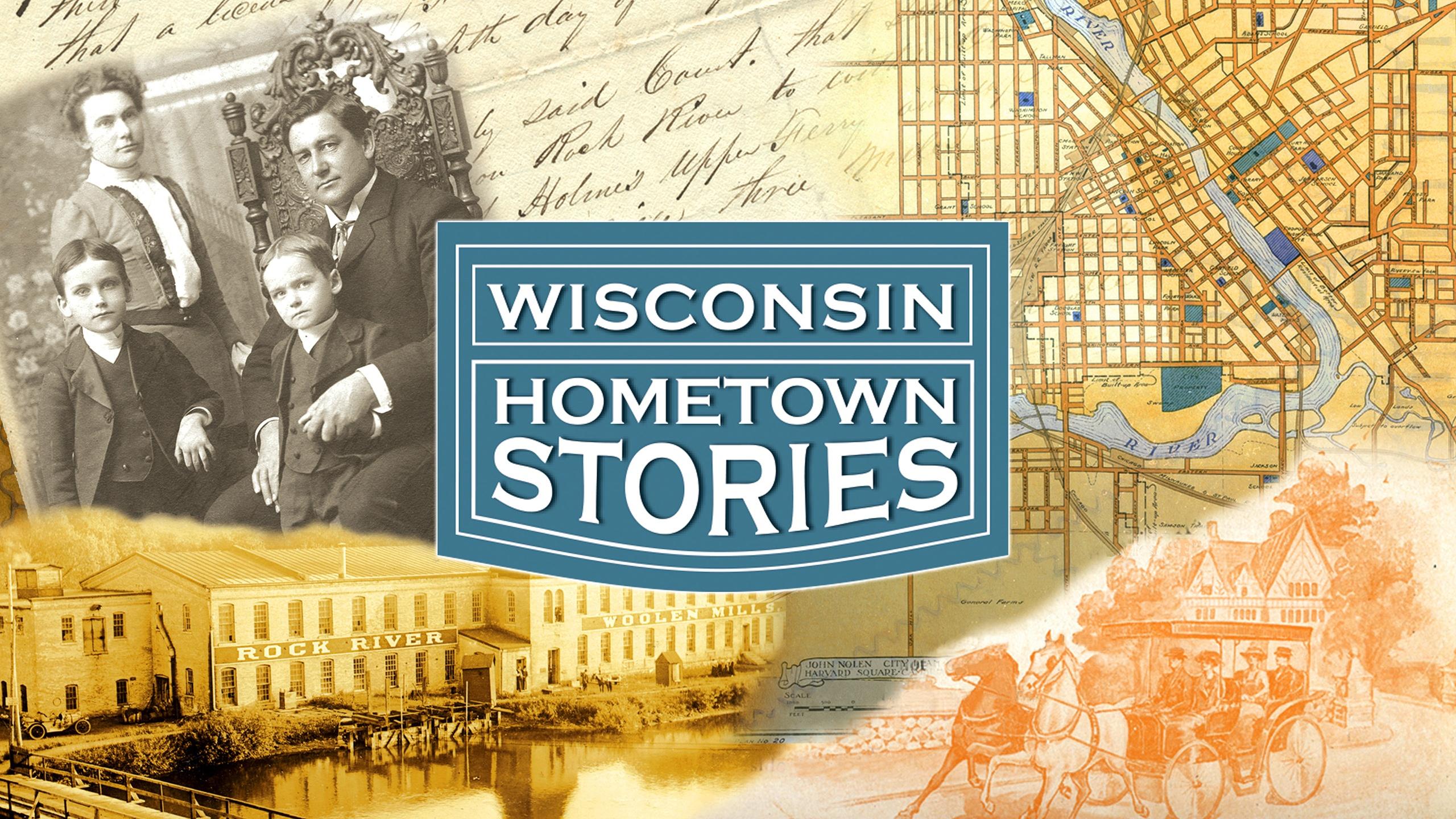


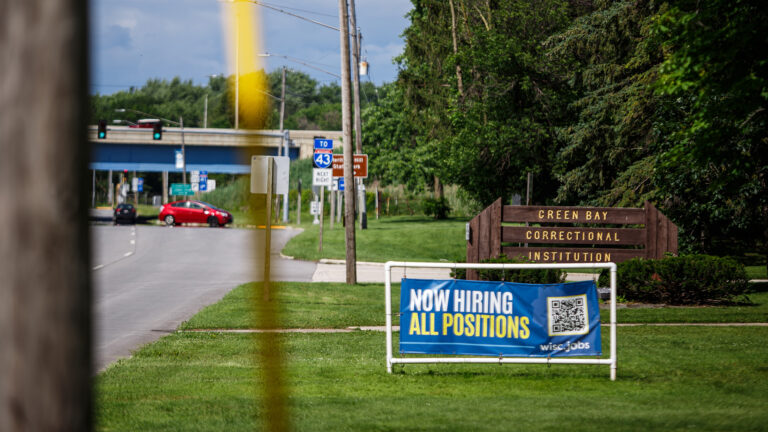
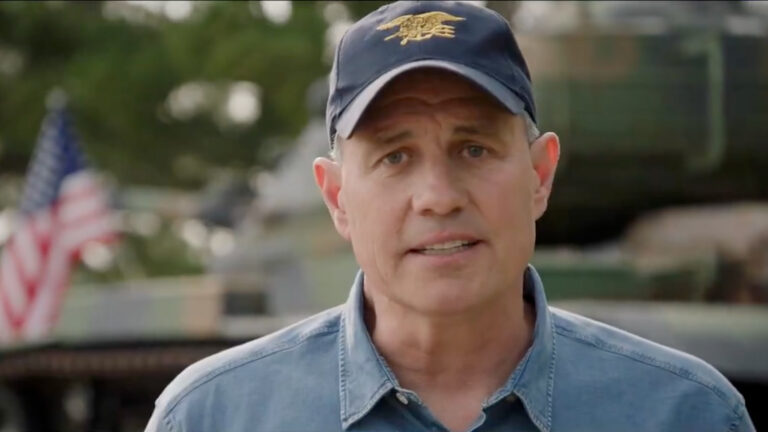
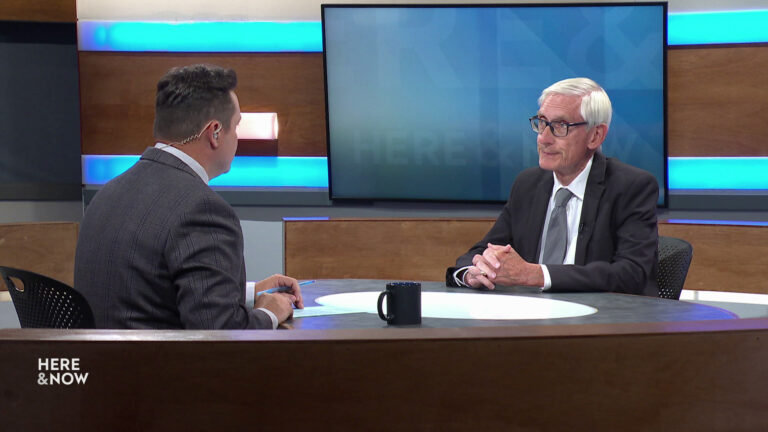
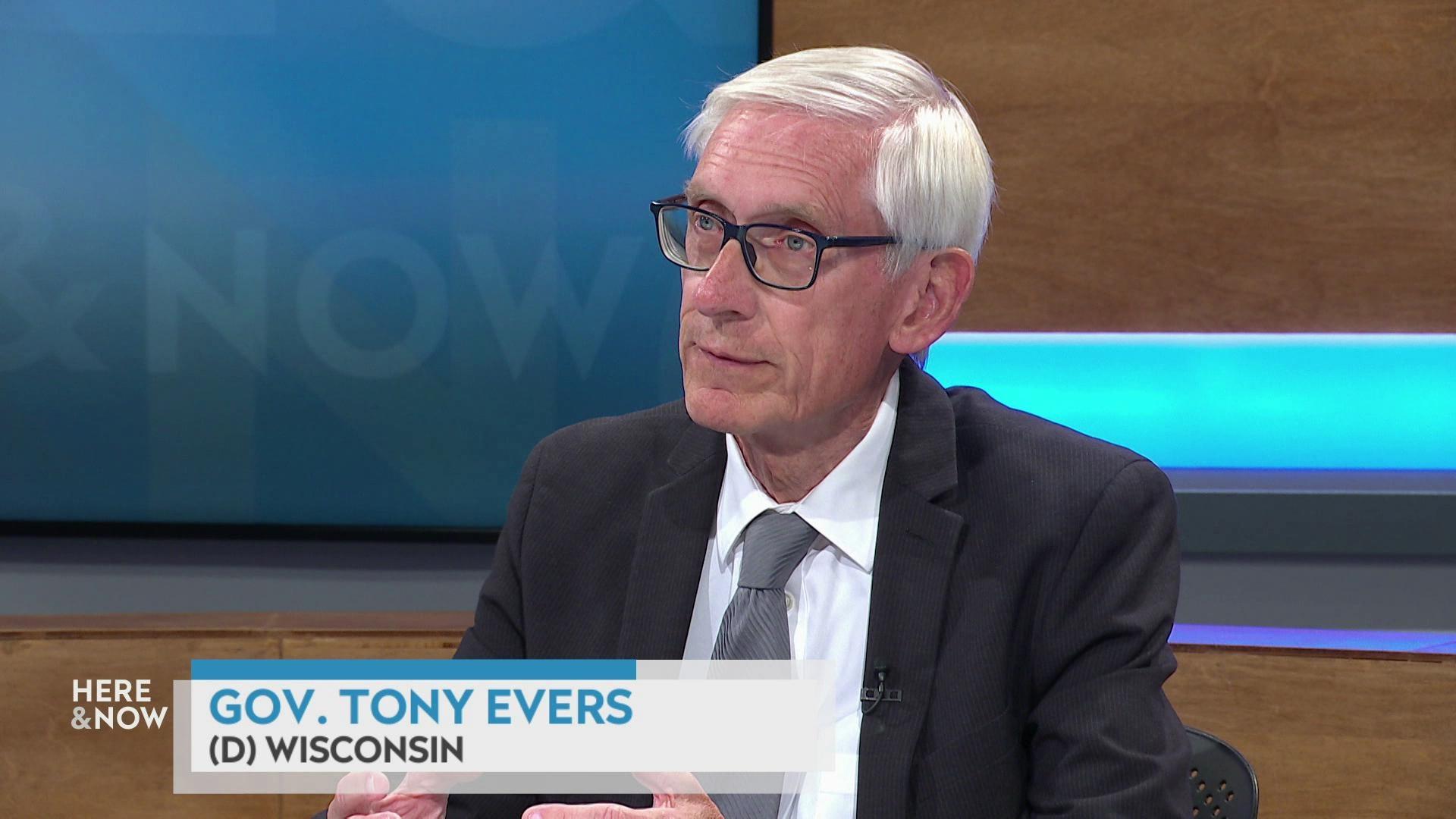
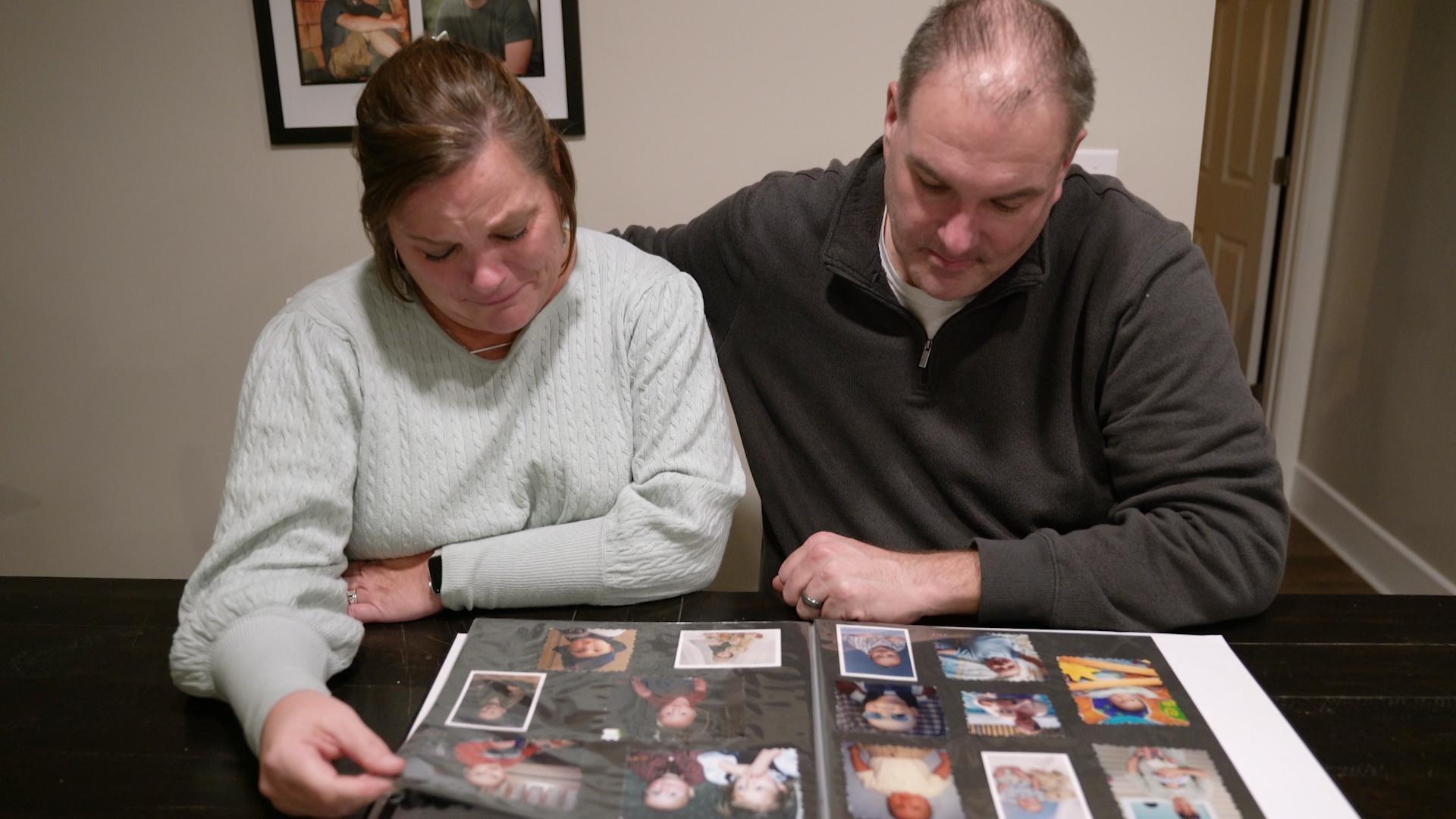
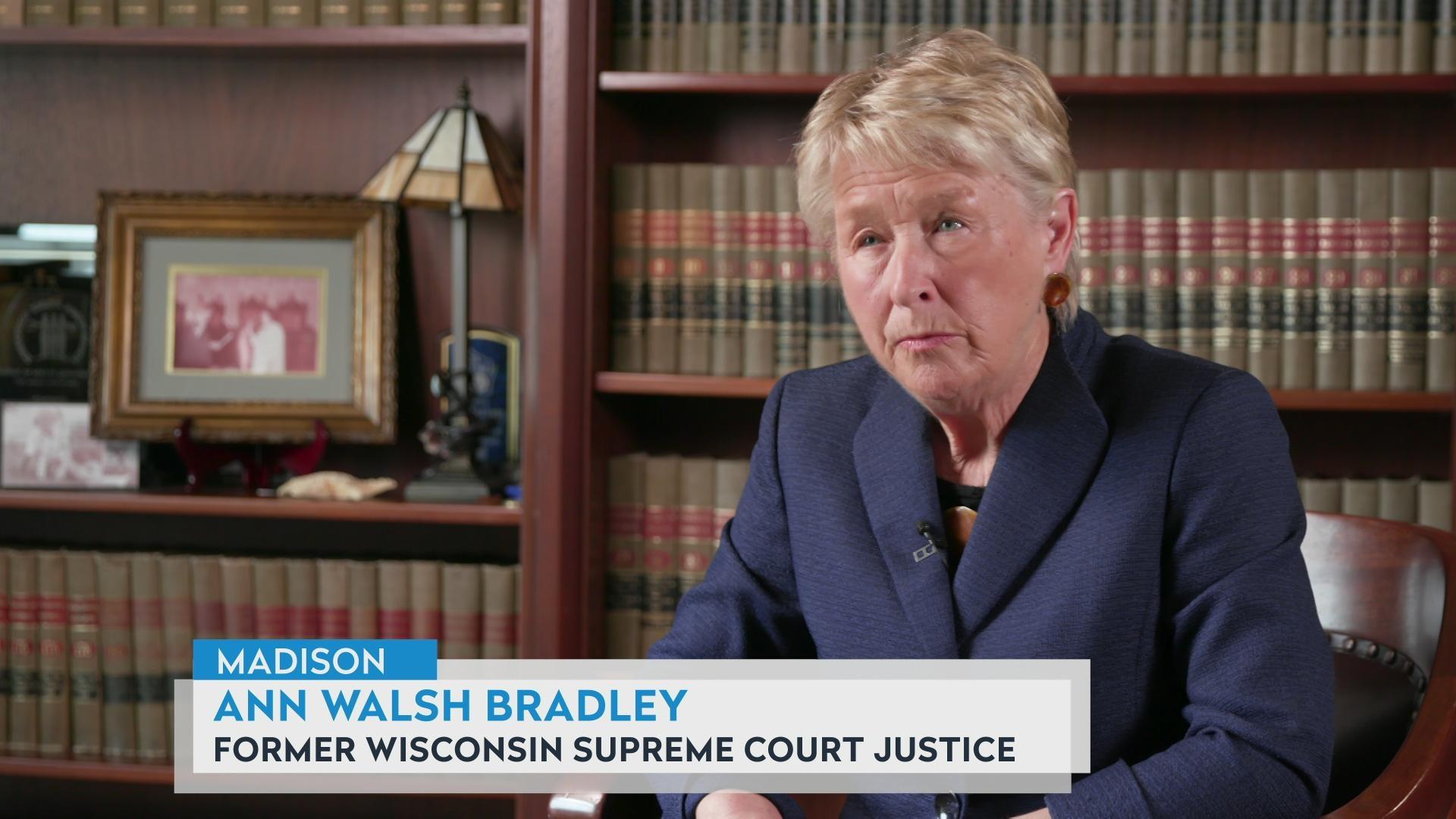
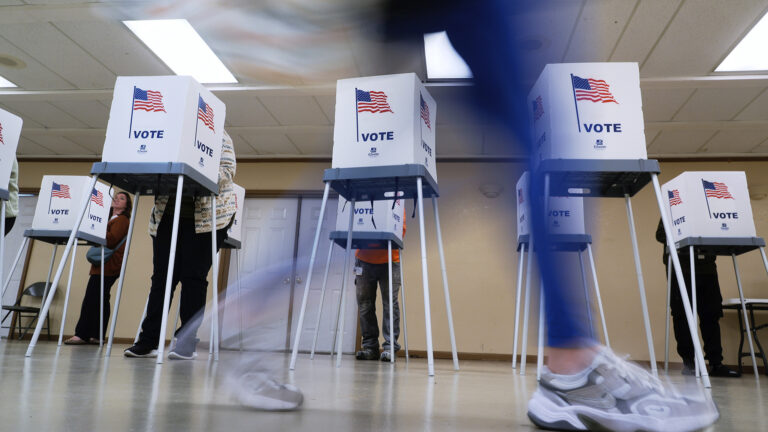

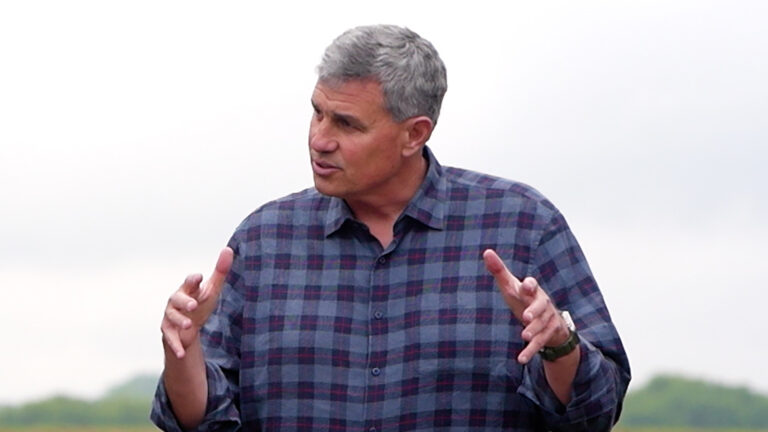
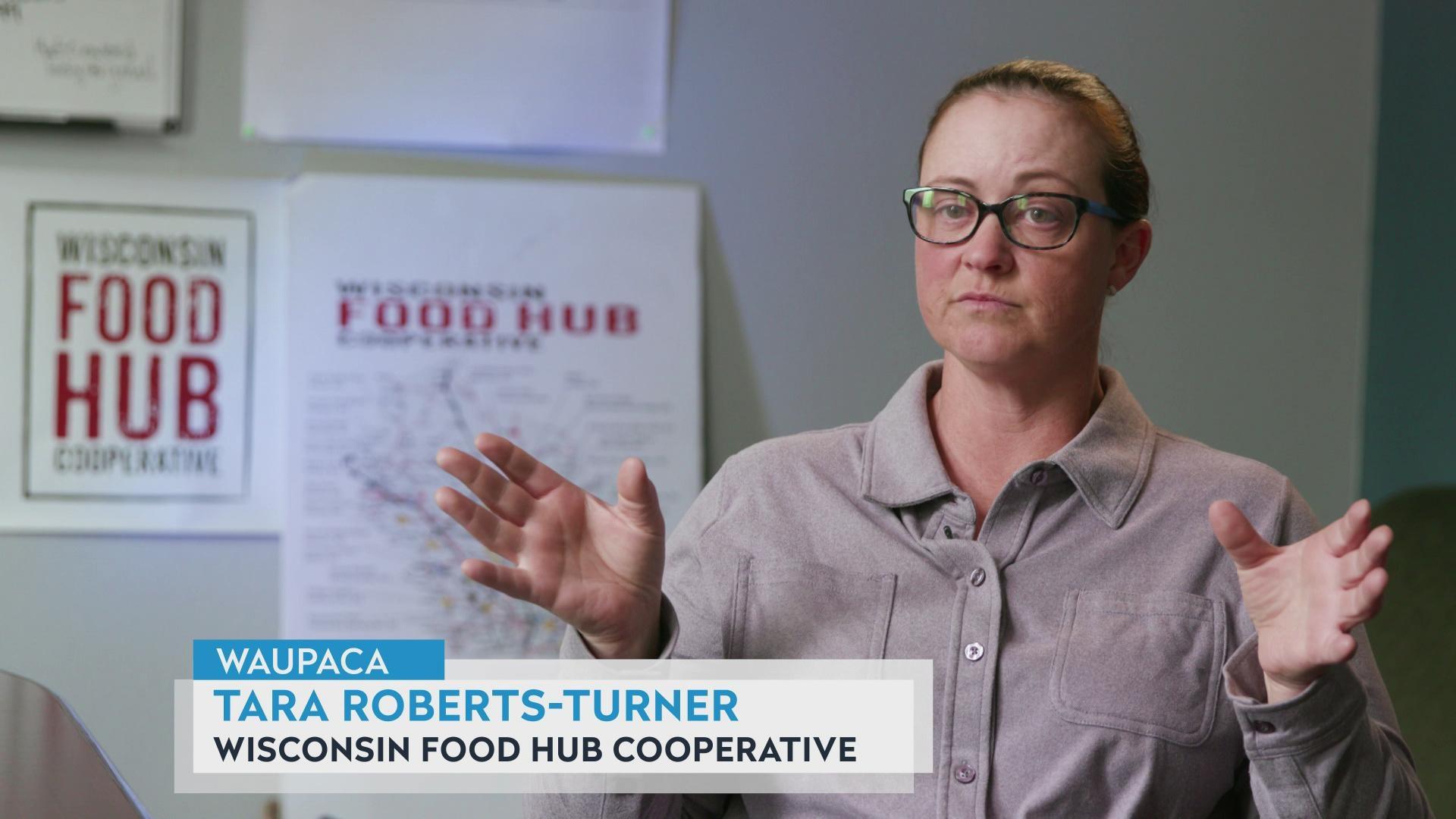
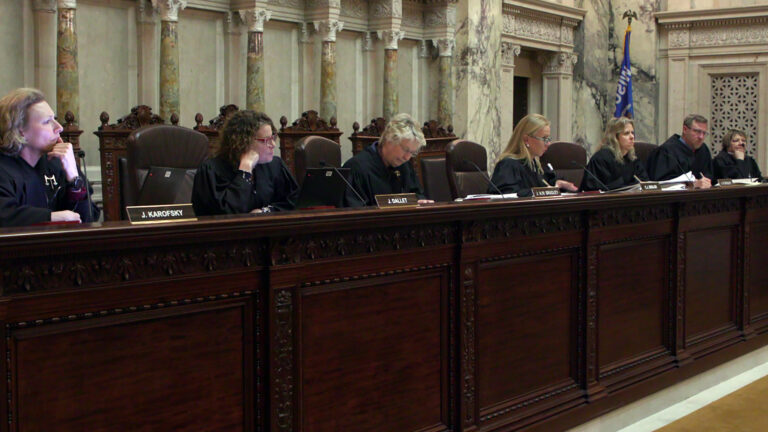


Follow Us